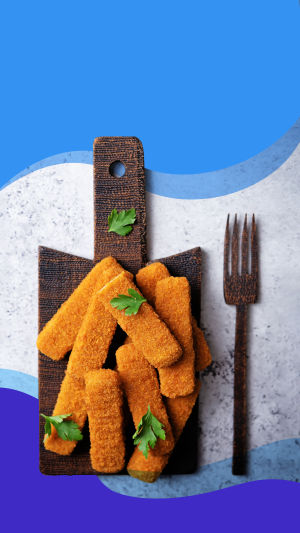Fish and chips, a popular dish in Europe, originated in the United Kingdom. The dish consists of fish that is wrapped in batter and deep-fried, along with French fries and a variety of sauces.
However, many people wonder what kind of fish is used in fish and chips. The popularity of fish and chips in Europe is closely linked to the development of fisheries in the region.
The Food and Agriculture Organization of the United Nations (FAO) divides the five oceans into different fishing areas, and for the purpose of this analysis, we have chosen area 27, also known as the Northeast Atlantic Ocean. This region is the main fishing area of the Atlantic Ocean and is surrounded by fishermen from all over the world.
Many countries are located near Area 27, and the fishing output of each country varies due to factors such as geographical location and technology application. Norway is considered to have the best fishery output, especially in the farming of Atlantic salmon.
Norway has a population of just over 5 million but boasts a per capita coastline of 11 meters. The country has been constantly innovating in technology and has a high level of modernization and mechanization in the fishery industry.
Among the total production tons of each country, most of them are cod. Norway has the highest output of cod, hake, and haddock, among other species, and is followed by other European countries.
The United Kingdom, which considers fish and chips its national dish, catches less than a quarter of Norway's catch in Zone 27.
It is worth noting that not all boats catch the same species, and the production capacity varies from country to country. Oily fish, such as herring, account for the highest production.
However, if we look at the annual catch, we can find that herring and cod are stable food sources for European people. Since 2000, the overall production has shown a downward trend, but herring and cod have always been the bulk of production.
Changes in annual catches may be related to natural conditions, such as climate and water temperature, as well as to the management of the Atlantic Ocean by countries and international organizations around the world. The fishery quota system in the "common fishery" policy implemented by EU countries also affects the annual catch of various fish species.
Every year, the Council of the European Union decides the total allowable catch of each fish stock in the form of a decree and then discusses the distribution to each country.
The allocation of the allowable catch is mainly based on the total allowable catch of various fish species and the quota management plan, taking into account the traditional fishing of some countries in certain sea areas.
Fish and chips is a well-known and beloved dish across Europe, and the type of fish used can vary from country to country. However, some of the most commonly caught species of fish are oily fish such as sardines and herring, as well as white fish such as cod.
In the United Kingdom, fish and chips is considered the national dish and is typically made with a combination of cod (62%) and haddock (25%). After years of speculation, it has been confirmed that this is the most commonly used fish in the classic British dish.
It's worth noting that the type of fish used in fish and chips can vary based on factors such as fishing quotas, availability, and consumer demand. For example, in some parts of Europe, fish and chips might be made with plaice or sole instead of cod or haddock.
Despite these variations, fish and chips remains a tasty and iconic dish enjoyed by many.





